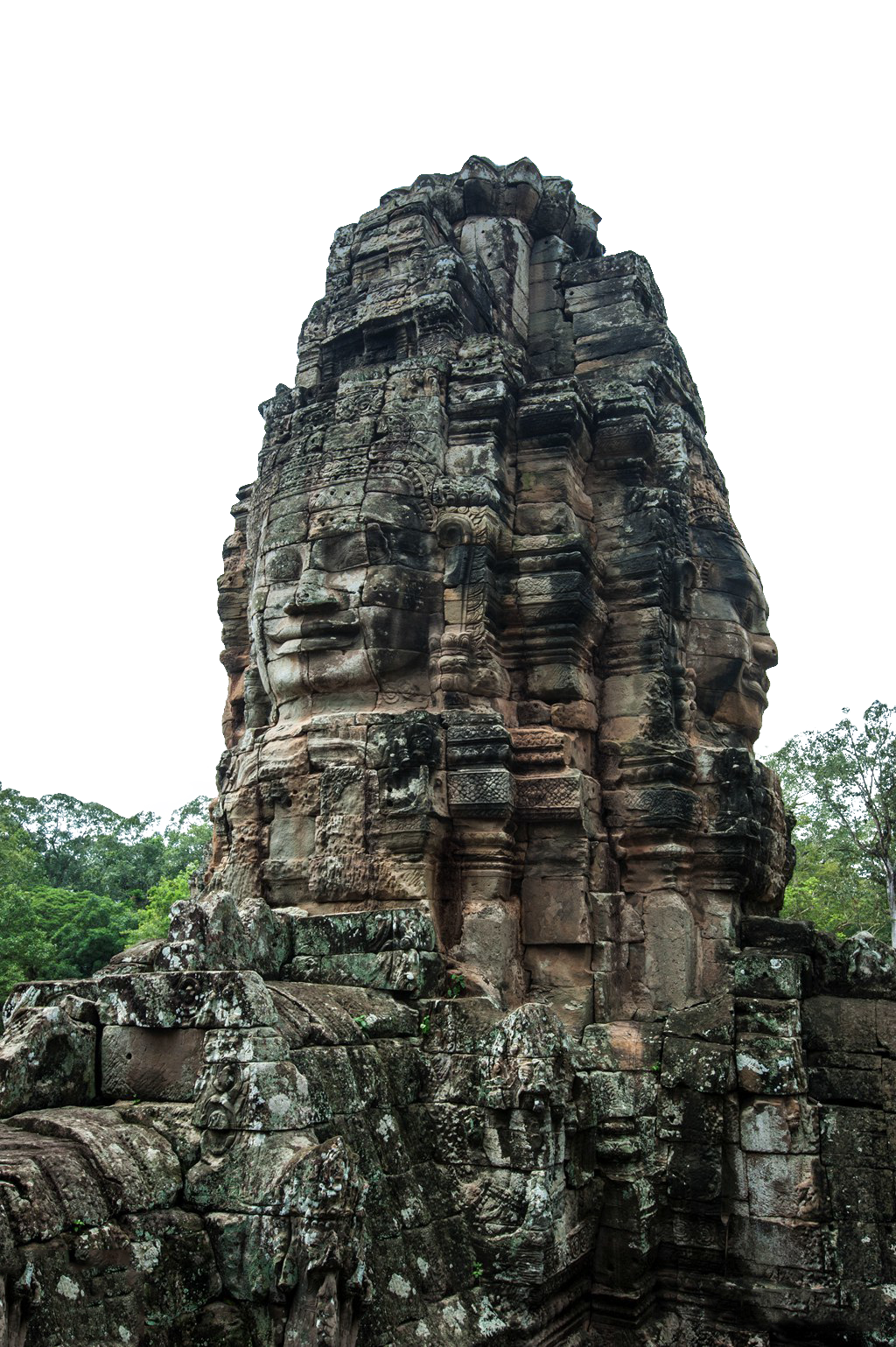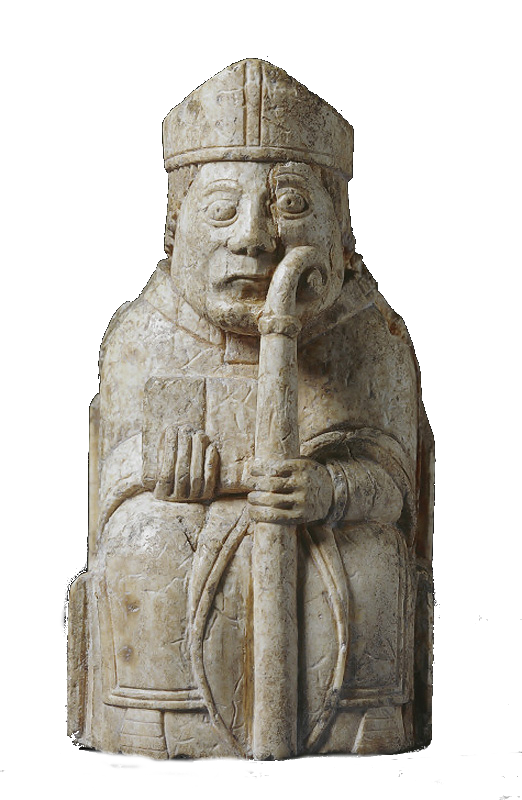You might like books by Alice Roberts, also check out Richard Bradley, who is more technical but honestly hard to put down. What area of the world are you interested in? Those two are mostly Europe centric. I'd also have to recommend Changes in the Land for ideas, though not set in the palaeolithic. https://archive.org/details/changesinlandind00cron_2
Bradley does a lot on rituals... Also look into the field of "experimental archaeology" for practical descriptions of how things may have been done.
To recap: 1. Roberts for how we came to be, 2. Bradley for how we interpret and act in our landscape and 3. Changes for how we affect the landscape in alternative systems.
Concerning Europe: Culture really pops off during the mesolithic for reasons there's lots of theories on. Neolithic is basically like wild gardening at first (and happened at multiple places at similar and not so similar times around the world... or at all). Monoculture is more towards Roman times to support army movement (oversimplified). Field boundaries are a Bronze Age thing, generally, which is right before the Romans, Vikings etc. depending on localities.
https://aeon.co/essays/an-archeological-revolution-transforms-our-image-of-human-freedoms
There's lots of old grimoires found, notably from the 17th century which you can adapt. There are a few museums for this with libraries, notably in northern Iceland and Cornwall, UK. I've been to both and both reproduced various texts from their libraries. There's lots for other parts of the world, but I got eurocentric vibes from your post.



